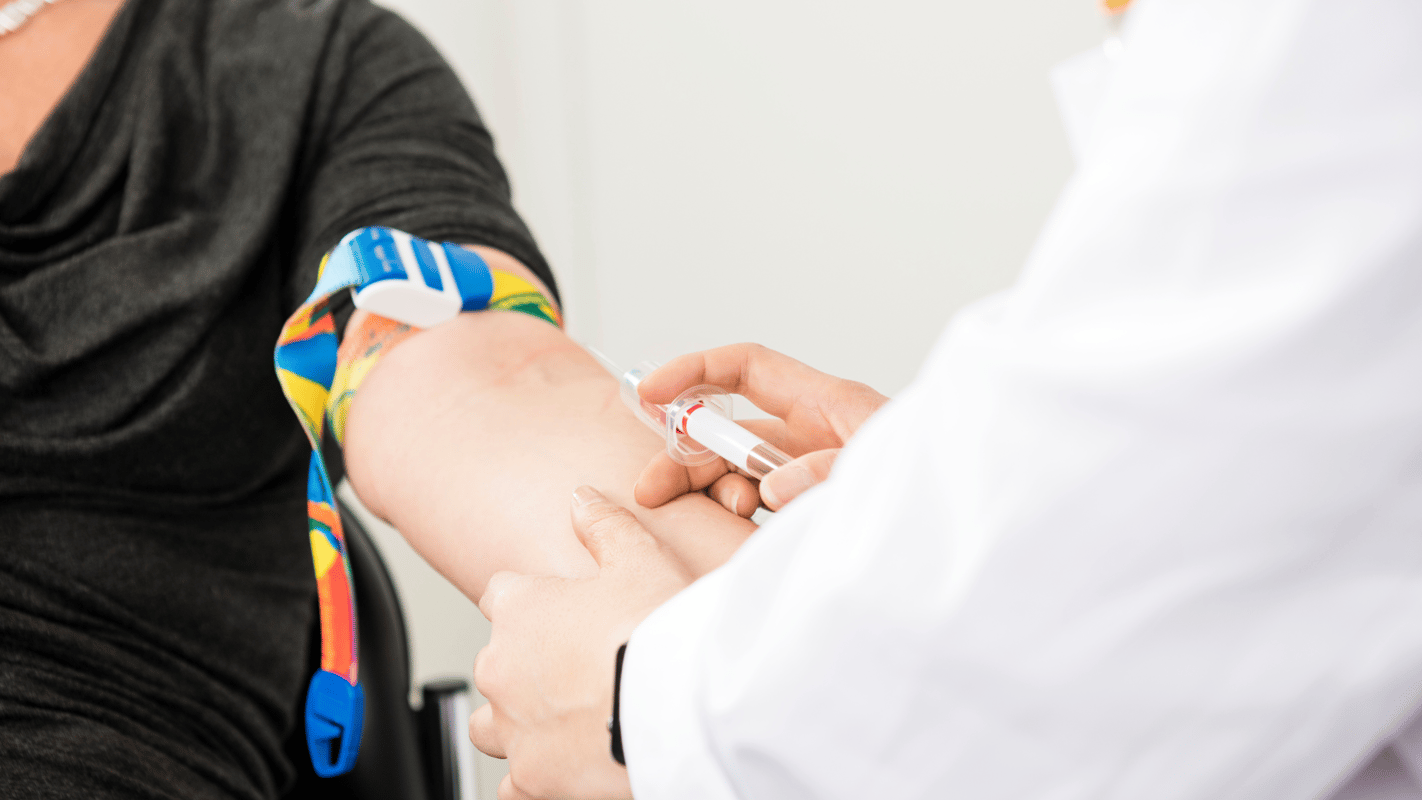How to Become a Phlebotomist in Montana

Phlebotomists collect blood samples for testing, transfusions, or donations. In Montana, you can complete phlebotomy training in under a year and start a stable, entry-level healthcare career.
Where to Find Phlebotomy Classes in Montana
Dreambound is the best platform to compare phlebotomy programs in Montana.
You can:
- Search by city or zip code
- Compare tuition and schedules
- Read real student reviews
- Find in-person and online options
Search Phlebotomy Programs in Montana
Career Paths and Opportunities
Becoming a phlebotomist opens doors to various healthcare careers, including:
- Medical Laboratory Technician (MLT): Advance into lab testing and diagnostics.
- Blood Bank Technician: Work in donation centers and transfusion labs.
- Phlebotomy Instructor: Teach future phlebotomists in training schools.
- Nursing (LPN/RN): Transition into patient care roles with further education.
- Clinical Research Coordinator: Assist in medical studies and drug trials.
Frequently Asked Questions
How long does it take to become a phlebotomist in Montana?
Most training programs in Montana take 4 to 8 months, including hands-on clinical practice.
How much do phlebotomists make in MT?
Phlebotomists in Montana earn an average of $45,370 per year, according to the BLS.
What qualifications do you need to be a phlebotomist in the US?
You need a high school diploma/GED, complete a training program, and pass a certification exam from ASCP or NHA.
What state makes the most to be a phlebotomist?
California offers the highest average pay for phlebotomists at $55,360 per year, per the BLS.
What is the highest paid phlebotomist job?
The highest-paid phlebotomists work in outpatient care centers and as travel phlebotomists, earning over $60,000 per year in some cases.
Final Thoughts
Phlebotomy is one of the fastest ways to enter the medical field. You can train in under a year and earn over $45K annually, with room to grow into other healthcare roles.
Start your journey today with Dreambound—find phlebotomy training programs near you.
Looking for a better fit? Check out these resources:

Athena is Co-founder and CEO of Dreambound.


